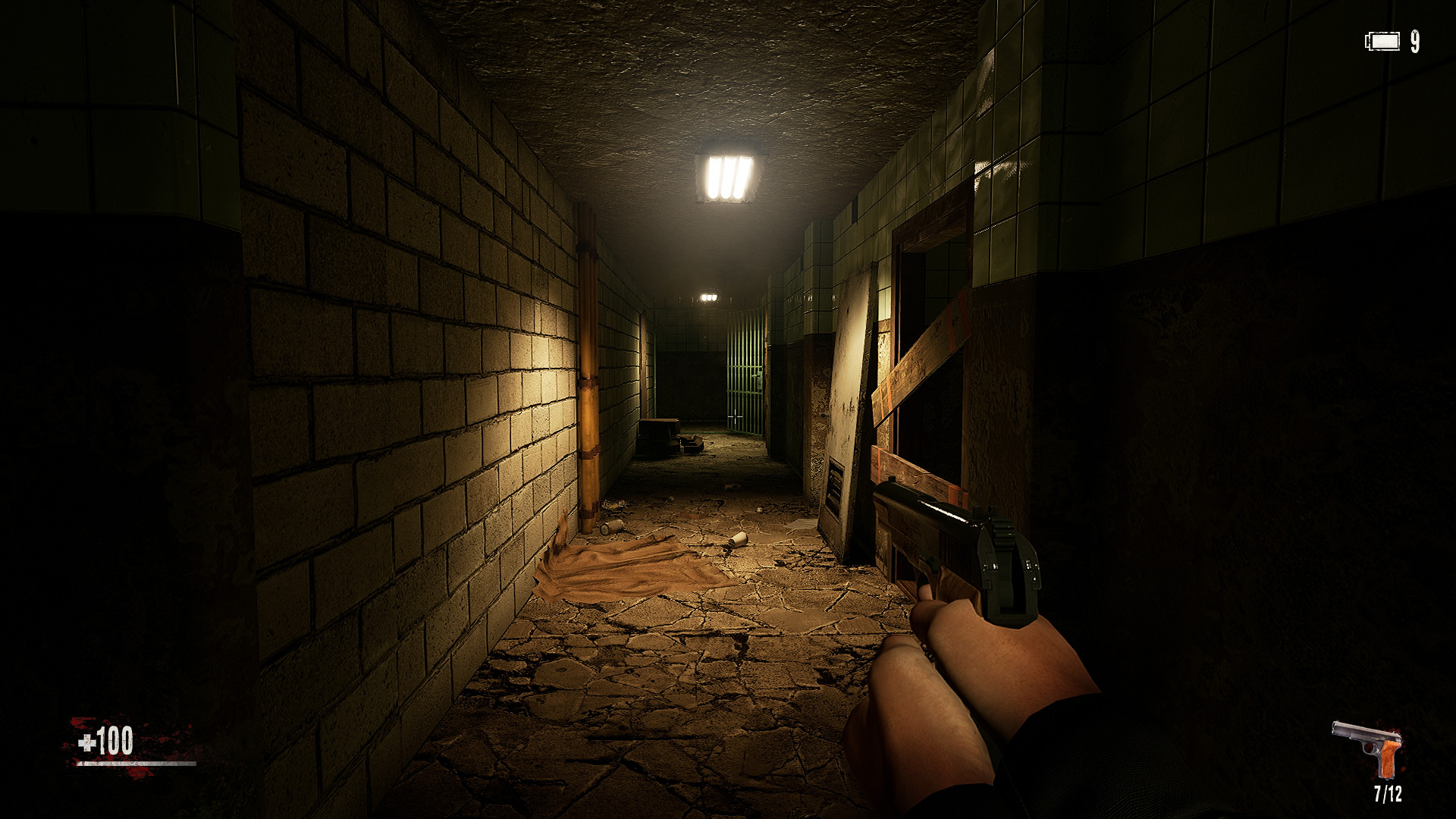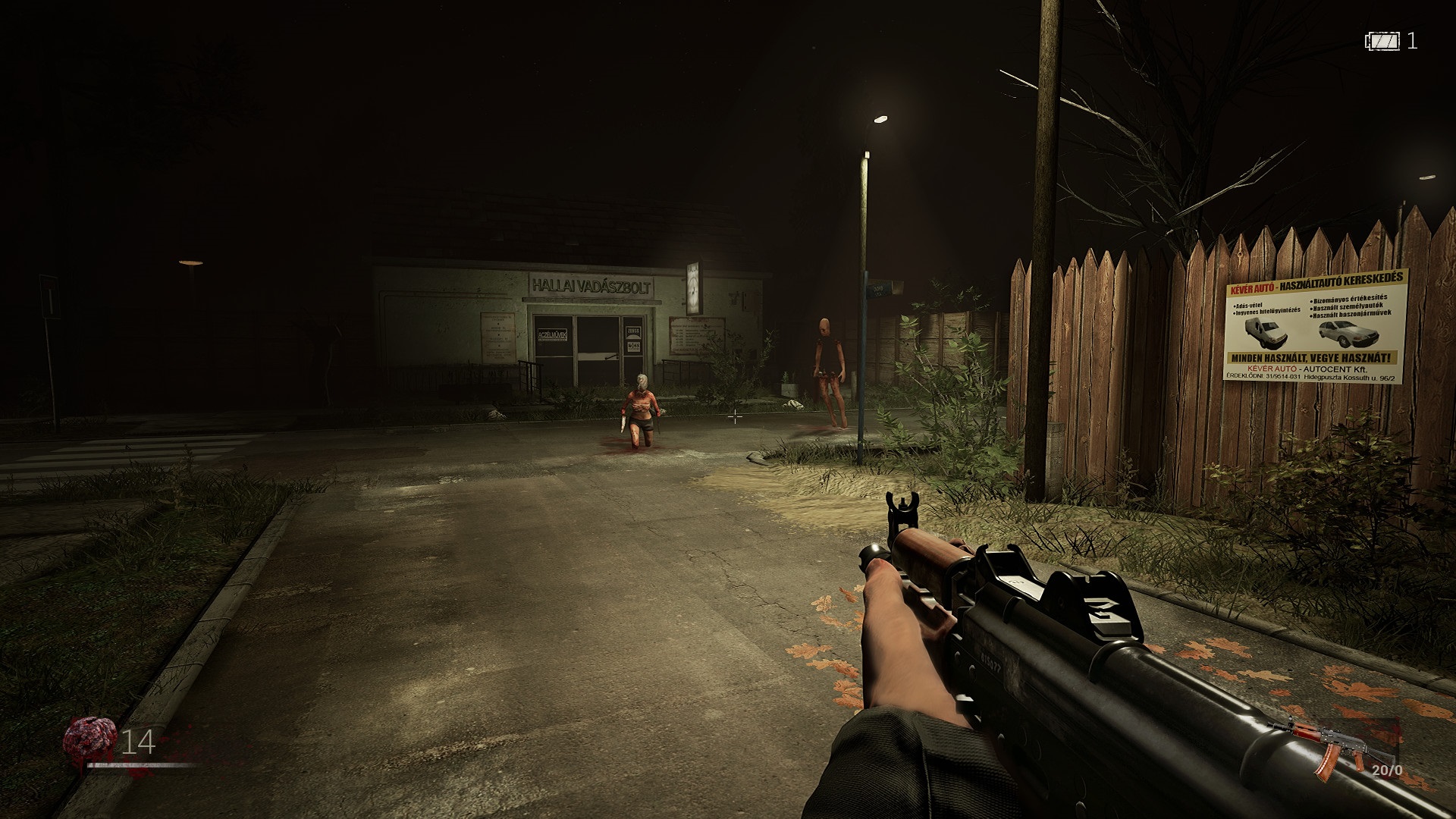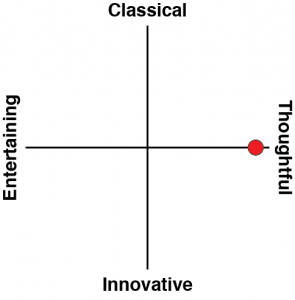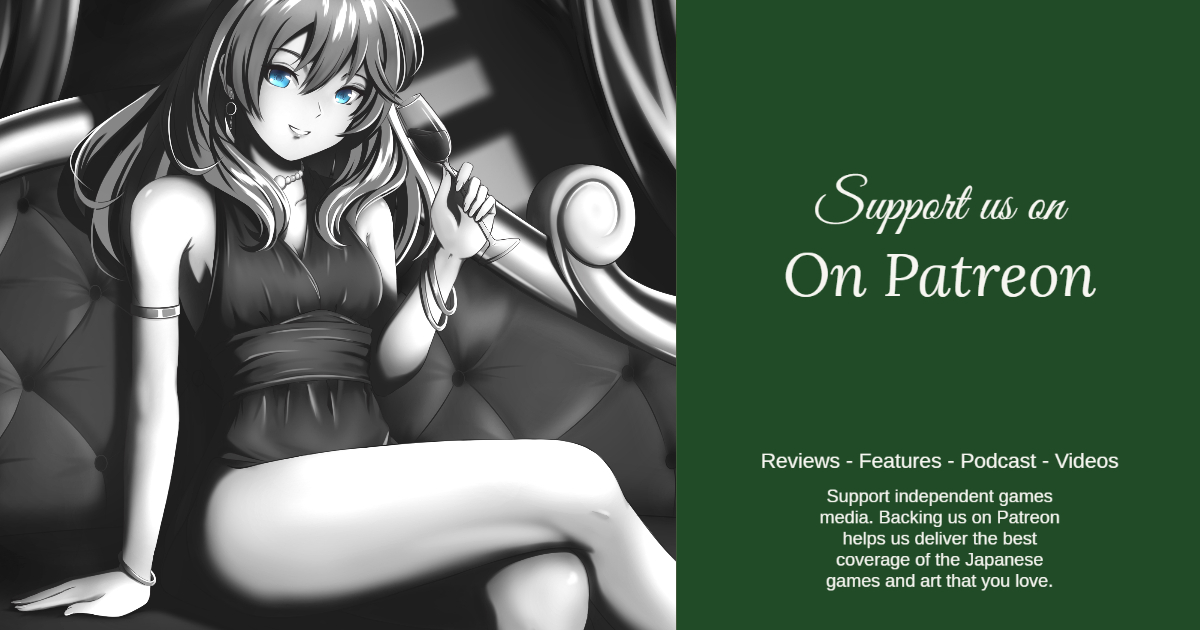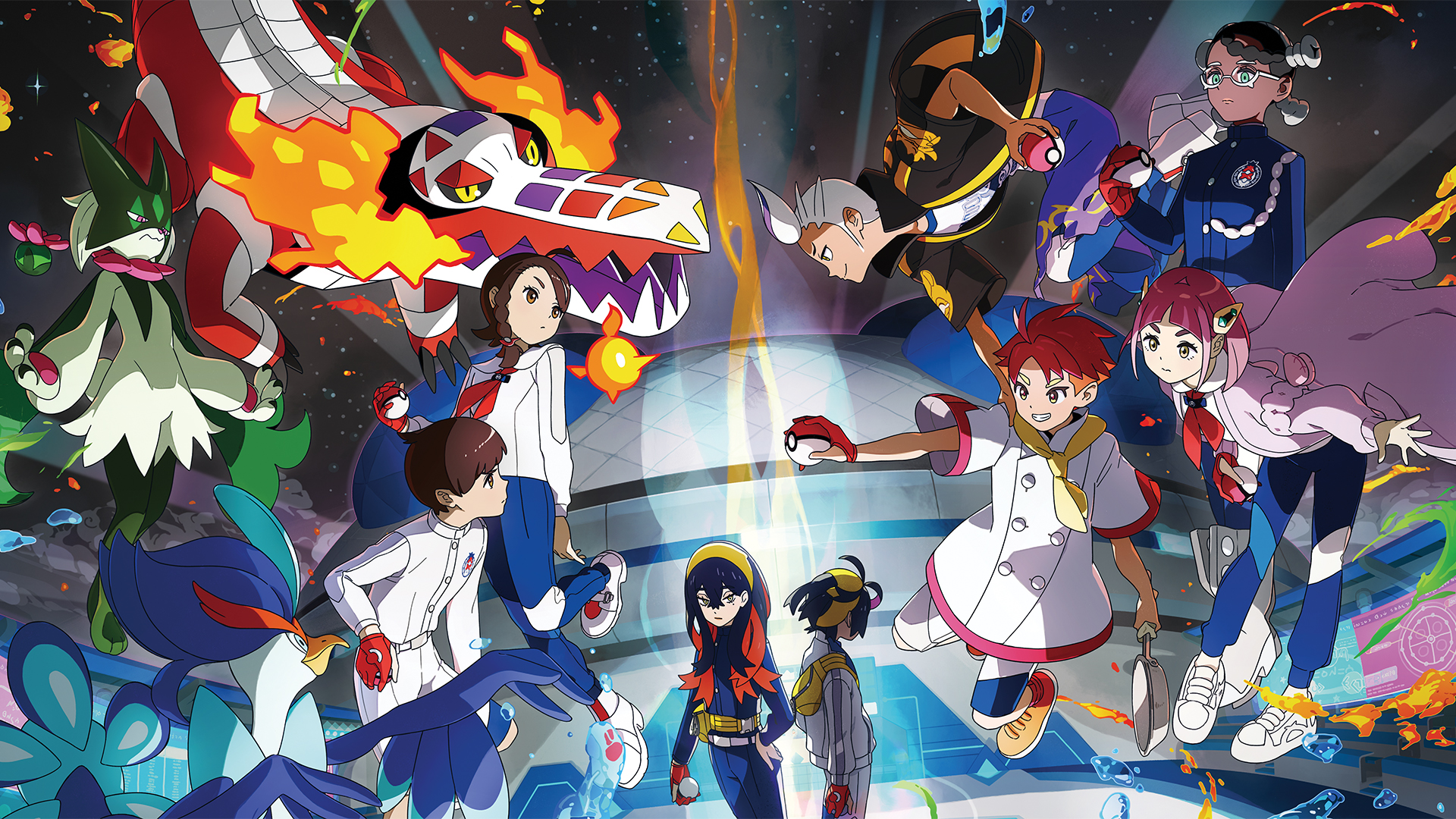I do feel for indie developers that take a crack at the horror genre. I know that they’re typically passionate fans of the genre, that they go into projects with the best of intentions, and they’ve got plenty of peers that have done amazing work within horror. Many of the finest horror games, much as in film and literature, come from independents working well outside the mainstream. It is a genre for subversion and creative freedom. That’s enough to inspire anyone to give it a red-hot go.
But then comes something like Remorse: The List, and the crushing reminder that for every masterpiece that comes out of the independent horror – from Halloween in cinema to Death Mark in video games – there are plenty of people making things that make Ed Wood seem talented.
Okay, perhaps I’m being a touch unfair in bringing up the ant-great, Wood. Remorse: The List does look decent on Nintendo Switch. It’s also not a worthless asset flip, so it’s a significant step up from that bargain basement level. But then you’ll run into your second enemy, which is a zombie/monster/thing that slides across the ground and attacks you like it’s a Magikarp (no, really), and you’ll realise that you’re not exactly playing the good nostalgic horror of Tormented Souls or White Day, either.
Remorse: The List relies heavily on action, and that’s its biggest failing. It starts off really well, with a sequence in which you walk down a corridor as really weird things happen, have a jump scare, and then wake up in a creepy town where all the people seem to have disappeared (there is a dog to pet though, just to make sure they’ve got that stupid meme covered). So far it’s intriguing and actually well-designed to be creepy without relying on combat.
At this point you’re going to be thinking a couple of things: firstly, it looks like it’s going to be a small open-world experience where you need to piece together the mysteries of what’s going on while (you presume, as you haven’t met enemies yet) dodging out of the way of enemies. In these earliest moments, it looks to be most inspired by the horror of Silent Hill. This is especially true since “Remorse” is pretty clearly a theme in this game’s narrative, and that’s also what powers so much of Konami’s classic series.
But then you’ll be funnelled into your first couple of buildings, fight off a bunch of enemies, and realise that it’s a very different beast. Remorse eschews such things as atmosphere and exploration to instead give you the very “nostalgic” experience of gunning down many enemies and following a trail of breadcrumbs. You may well be able to play out the game’s events in a different order to the trail it encourages you to follow, so it may well be “open world,” but I’ll never play it again to find that out. In practice the game masquerades as open but behaves like it wants you to follow things through in a very specific order… because what works for Resident Evil must work for indie developers, right?
Of course not. Resident Evil gets away with being what it is thanks to taut action mechanics and the fact that the combat is viscerally interesting. And, even then, Resident Evil very nearly disappeared after RE5 and RE6 all but killed the series for a lot of people. Action-horror is arguably the hardest to get right of all, because it’s so difficult to maintain atmosphere through it. When the enemies are as comically silly as Remorse’s, any potential it has is instantly blown away.
To be clear, all of this is a pity, because Remorse could have worked as something gritty, intelligently nasty, and survival-orientated. The environmental storytelling tends to be very good and there’s a persistent sinister quality about just about every location that you visit. There’s a decent effort at a story supporting it too. Frankly, if there were no guns at all, and I needed to do a bit of hide-and-seek a-la Outlast or Amnesia, my view on this game would have been very different.
But I couldn’t get past the enemies. There is far too many of them and they’re simply not creepy. They’re caricatures of horror monsters that are trying way, way too hard, and consequently, the best reaction they’ll ever elicit out of you is a laugh of bewilderment that anyone thought that the design was a good idea. Tactically they’re not particularly difficult to defeat, either, and while ammunition isn’t exactly plentiful throughout the little town you’re wandering, with a basic level of management you’ll be able to cruise through the game without feeling threatened. I’ve said this in many reviews in the past, but horror that doesn’t leave you feeling disempowered is not really horror. It’s a grotesque action game, and not nearly as interesting for it. That is the category that Remorse, unfortunately, finds itself in.
I do appreciate the effort that went into Remorse: The List. The developers had a strong vision and did their best to execute on it. On a technical level, I also found it to be quite impressive for the Switch. There are much bigger games that struggle to lift to this visual and mechanical quality on that hardware. But, unfortunately, at the end of the day, this is a horror game where its enemies – which it relies on far too much to carry the experience – are more likely to make you giggle than sweat. That’s a death knell for any horror experience.


